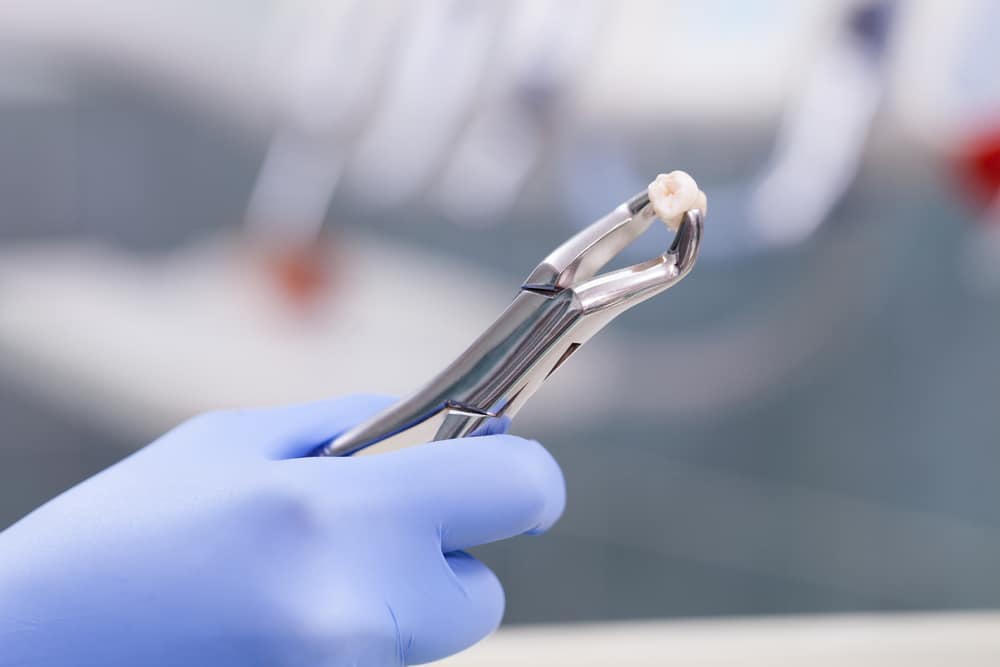Having a tooth extracted can be a scary procedure. A lot of people don’t know what to expect, and will have ideas in their mind of an agonizing process.
Thankfully, the reality of a treatment like this is much kinder, and most people don’t suffer too much when they’ve had a tooth removed. Of course, though, for the next few days after a procedure like this, you’re going to need to be very careful. Recovering properly will involve some time and patience, along with taking the right actions.
We’re going to explore the tooth extraction aftercare you will have to go through, but, first, it makes sense to look into the reasons for having a tooth extracted in the first place.
Why Have A Tooth Extracted?
As teeth can’t heal themselves, damage which they receive in day to day life is usually permanent. A dentist can work to correct this, but this will involve adding to your teeth with synthetic materials, rather than encouraging them to heal by themselves.
In extreme cases of conditions like gum disease, the roots and other important parts of your teeth can rot and deteriorate. Alongside several other conditions, this is one of the major reasons people will need to have their teeth extracted, and this is something your dentist will need to assess.
Tooth Extraction Aftercare
The work which goes into aftercare for a tooth extraction is often a lot more than the procedure itself. You need to make sure you heal properly, while also managing the pain and avoiding infections. You can find some examples of the tools your dentist will use to work towards this below.
- Painkillers: While the procedure itself isn’t too uncomfortable, the lasting impact of a tooth extraction can be quite painful. Your dentist will supply you with some strong painkillers to help with this, and it’s well worth taking all of them, as this will make the healing process a lot more comfortable.
- The First 24 Hours: The first 24 hours after the extraction are the most crucial to the recovery you experience. It’s worth leaving the gauze your dentist puts in place for at least 3 to 4 hours, as this will help to form the initial clot which will stop the wound from bleeding. Along with this, you should also avoid using straws or moving around too much, all the while working hard to keep your clot in place.
- After 24 Hours: It won’t take long for bacteria to form in your mouth after this procedure. This makes it worth making a salt solution to rinse your mouth after the first 24 hours, as this will help to keep your wound clean without having to use foul tasting chemicals.
It won’t take too long for your mouth to heal, but it’s well worth taking all of your dentist’s advice during this time. You should also work hard to see them as often as possible after the procedure, ensuring that the healing is going according to plan, while also giving them the chance to look for any other issues which may have formed.



